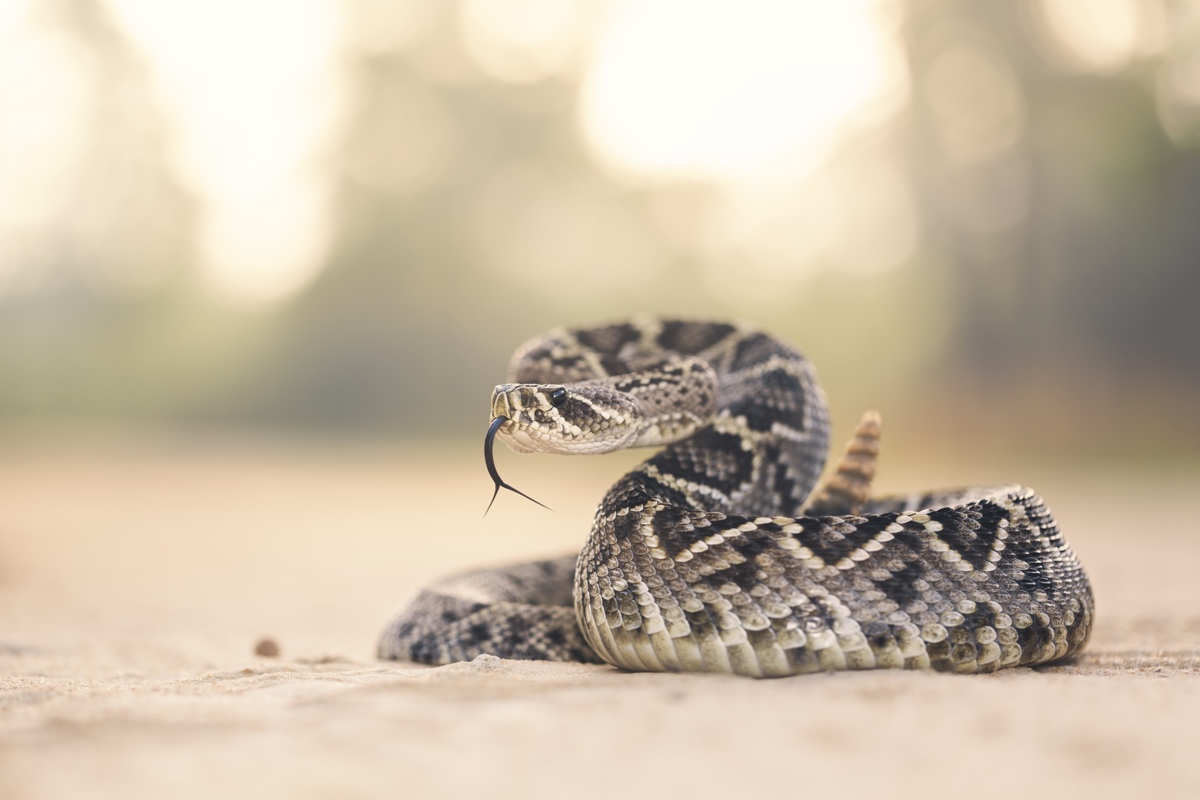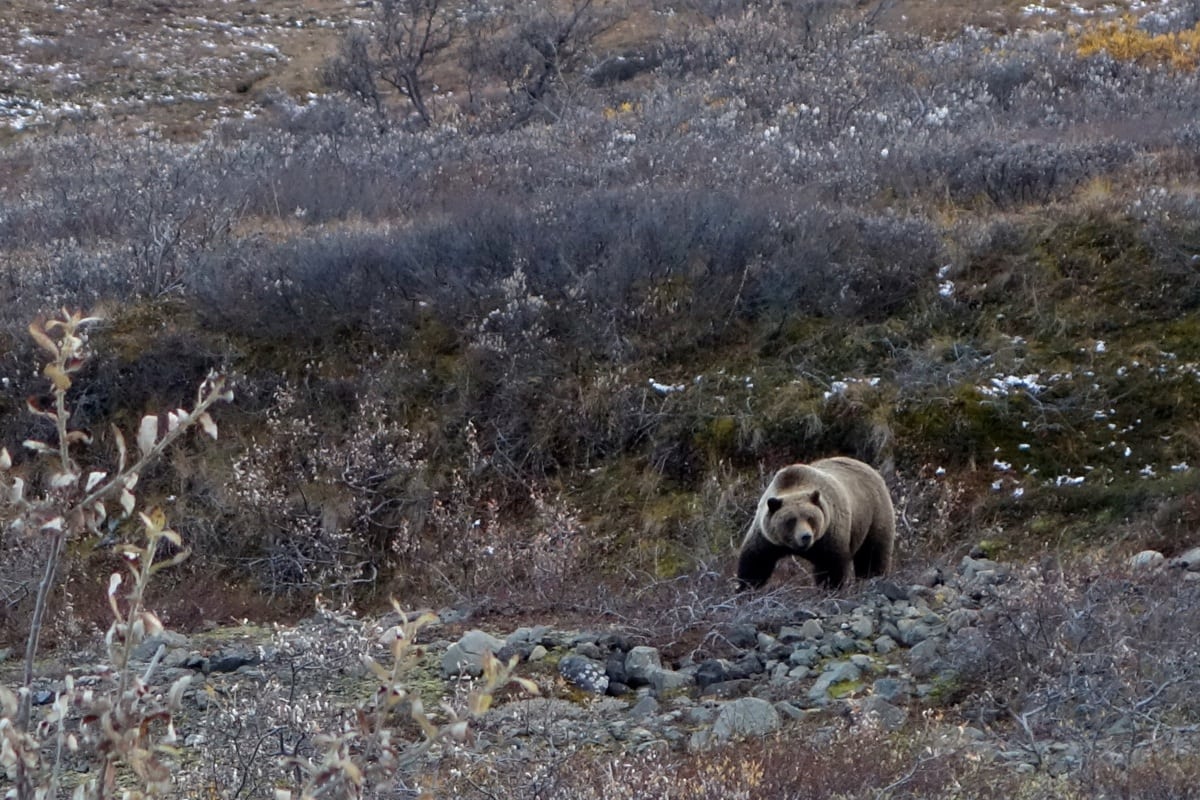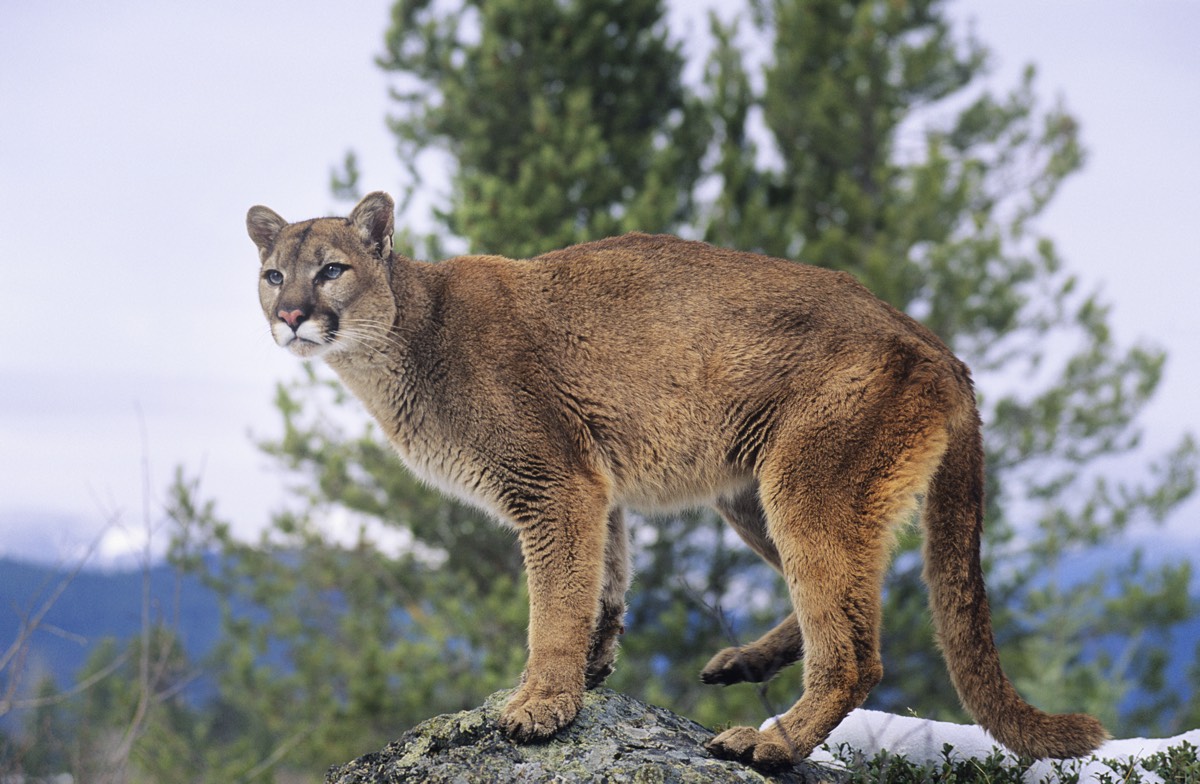
If you enjoy this article, then get your own copy of the book “Where the Road Ends!”
Welcome to this month’s edition of “Where the Road Ends: A Guide to Trail Running,” where we share our guide on how trail runners can care for the wildlife with which they share the trails.
“Where the Road Ends” is the name of both this column and the book Meghan Hicks and Bryon Powell of iRunFar published in 2016. The book Where the Road Ends: A Guide to Trail Running is a how-to guide for trail running. We worked with publisher Human Kinetics to develop a book so anyone can get started, stay safe, and feel inspired on the trail.
The book teaches you how to negotiate technical trails, read a map, build your own training plan, understand the basics of what to drink and eat when you run, and so much more. This column aims to do the same by publishing sections from the book, as well as encouraging conversation in the comments section of each article.
In this article, we excerpt from Chapter 10, where we share the basic information you’ll need to respect and stay safe around the creatures living where you trail run.
General Tips for Sharing the Trail With Wildlife
Glimpsing a wild animal behaving naturally in a wild place — now that’s a fantastic fringe benefit of trail running! Wild animals big and small deserve our utmost respect. Each of them is entitled to space to roam and be free. The backcountry is their home, so this article is designed to help you understand how wildlife behaves and how to be a deferential visitor where these wild things are.
The best thing you can do for a wild animal is to give it a wide berth as you pass. Most wildlife goes to great lengths to get what they think is a safe distance from you. Give them space so that they don’t have to expend extra energy flying off, running away, or becoming stressed by your presence. A good rule of thumb is to give a wild animal enough room so that it doesn’t modify its behavior because of you.
Follow these general tips on trail running among wildlife:
- Don’t feed wild animals, intentionally or unintentionally. Accessing human food is unhealthy for wildlife.
- Use great care when you spot young wildlife because mothers will act defensively if they think your presence is threatening their young. Don’t come between a mother and its young.
- Herd animals are called that for a reason. They feel comfortable living in groups. Avoid accidentally separating members from a group of wildlife because this may cause them to behave erratically.
- Give ungulates like deer, antelope, and elk extra space during the time of year when females are in season, because male members of the species may act in defense of females they think are being threatened. This season happens during autumn in North America.
- If you’re trail running with your dog, maintain control of it at all times. Don’t allow it to harass wildlife.
- If you travel abroad and trail run in another country, get local advice on what wildlife you may encounter and how you should behave around it.
- Enjoy! Relish in the opportunity of seeing a wild animal.
Deer, Elk, and Moose
All over the world, deer species commonly occur in wild and, often, not-so-wild places. Deer are usually harmless and almost always sprint away when they see you. The exceptions to this are males who will defend in-season females and mothers who will defend their young. Give these types of animals a lot of room. If a deer runs at you in defense, get away as quickly as possible.
Elk, which are common all over the western part of North America, are mostly harmless, as well. Although their flight response to humans is not as well developed as it is in deer, elk will generally trot away if you sight them at close range. Male elk, however, are extremely volatile during what’s called the rut, when females are in season. Male elk separate females into protected harems with which they breed.
Males aggressively fight with other male elk, sometimes causing injury because of their giant antlers and great strength, to defend their harems and add females to them. The power of these males is truly a sight to see, but you could be gravely injured if you get in their way. During the rut, give elk loads of room. Give a female elk with a calf or calves plenty of space, too. If an elk charges, run away and place trees or other substantial obstacles between you and it for protection.
Moose are found in many places throughout North America, mostly in wetland and woodland habitats. Generally, moose are gentle giants, but they do not like to be surprised at close range. When this happens, moose usually run away, but once in a while, a moose will charge whatever has surprised it. Use extra caution when running through their habitat, especially if your view is obscured. If a moose charges, get away as fast as you can and put trees or other big objects between you and the animal for protection.
The mothers of many ungulate species hide their young babies during the day. Mothers do this because they walk and graze for many hours, and babies don’t yet have the endurance to do so. If you come upon a baby ungulate in hiding, leave it alone. The baby will likely freeze in place. If you touch it, there’s a small chance the mother will abandon it because it has your human scent on it. Also, be aware that the mother may be near.
Venomous Snakes
Rattlesnakes, copperheads, and other poisonous snakes are relatively uncommon members of ecosystems all over North America. These snakes will strike at animals that make them feel threatened by coming too close, including humans. The venom they may inject upon biting is highly toxic and requires immediate emergency medical treatment.
Snakes are cold-blooded reptiles, so they need warm air or sun to be active. Trail runners running in snake habitat during warm, sunny weather need to be observant for snakes stretched across or coiled near the trail. If you’re on steep terrain and are using your hands for assistance, use caution when placing them.
Your powers of observation and avoidance are your best defense. If you see a venomous snake or hear the quintessential rattlesnake rattle, get at least six feet away from it, beyond a snake’s striking range, as fast as you can.
Insects
Bees, wasps, biting ants, scorpions, and poisonous spiders all occur in the many places we trail run. Avoidance is the best measure for all of these wee beasts. Watch where you stand or sit for a break on your trail run, and look where you put your hands when raising or lowering yourself over steep terrain. Avoid swatting at a bee or a wasp that flies by you so that it doesn’t sting or bite to defend itself. If you hear the distinctive hum of a beehive or see a beehive or wasp nest, get the heck out of Dodge.
If you are stung by an insect, a small amount of pain and swelling is normal, but a large amount of either combined with difficulty breathing and swallowing constitutes a dangerous allergic reaction that may require immediate medical attention. Those who experience anaphylaxis because of insect stings should carry emergency epinephrine and have a plan for obtaining emergency medical treatment.
Our allergic reactions first-aid article offers more information about how to care for them during a trail run.
Bears
Black bears are regular members of many ecosystems around North America. Although they are much larger and stronger than we are, most black bears react to humans by running away. Black bears can become dangerous if they think you are threatening their food source or young.
Put as much distance as you can between you and any black bear that doesn’t immediately run away from you by walking backward as fast as possible. In only a few cases have black bears, which are omnivores, intentionally preyed on humans. If a black bear attacks you, fight back with all your might.
Grizzly bears live throughout Alaska and western Canada as well as in parts of Idaho, Montana, and Wyoming in the continental United States. In their habitat, grizzlies are truly the highest members of the food chain. Contrary to black bears’ natural flight response to stress, grizzlies react to stress by fighting.
We need not dwell on the fact that an altercation with a creature perhaps three times as big as you will not go well! Grizzlies charge and attack if they think that something threatens them, their food, or their young. But if a grizzly bear knows that a human is nearby and it has the opportunity, it will most often choose to leave the area.
Grizzlies that charge and attack are usually those that are surprised at close range, so avoid this situation by yelling to let grizzlies know you are around, scanning all around you for bears, and slowing to a walk when the view becomes obscured by brush, trees, or bends in the trail. Give them the opportunity to detect you and move away before you get too close.
Carry bear spray, which is an oversized container of pepper spray made especially for humans to protect themselves in the event of a charging grizzly bear. A grizzly charge can happen in a split second, so carry that bear spray in an accessible location on the front of your hydration pack or in hand. If a grizzly bear charges at you, spray a cloud of pepper spray between you and it, creating a temporary barrier of the highly irritating chemical that you hope the bear won’t go through.
If a grizzly bear makes contact with you, cover your head and neck with your hands and arms and play dead. A grizzly bear’s goal in this situation is to minimize what it perceives as a threat as fast as possible. If you lie motionless, the bear may believe that you no longer represent a threat. Don’t move until you are certain that the bear is long gone.
To learn more about running in bear country, read our in-depth guide to running with bears.
Mountain Lions
Elusive, shy, and highly dispersed, mountain lions are the highest member of many food chains where they live across western North America and in some places in the central and eastern parts of the continent. Because of their lifestyle and small population, your chances of seeing them are slim.
But mountain lions are predators that hunt by stalking and attacking. A mountain lion attack on humans is inordinately rare but possible. If you see a mountain lion, remember that it’s a cat, a mammal that has an incredible chase-and-pounce instinct. Running away is likely to trigger that instinct, so resist your natural reaction to get away quickly.
Instead, do things that make you look and sound big and aggressive: Yell, wave your hands over your head, and throw things at the cat. Walk backward at the same time to put distance between you and the animal. Generally, avoid bending over or otherwise making yourself look small or vulnerable. If a cat determines that an animal it is attacking could injure it, it may give up and flee, so fight back as hard as you can in the infinitely small chance you are attacked.
You might want to also read our in-depth article on what to do if you encounter a mountain lion while trail running or hiking.
Other Wildlife
Wolves are rare members of some ecosystems in North America, and coyotes are common all over the continent. Only in an extremely rare circumstance will a wolf or coyote attack a human. Aggressive coyotes are typically those that have become acclimated to getting food from humans. If a wolf or coyote attacks you, react in violent defense of yourself.
Bison live in a very few ecosystems of the North American West. If you are lucky enough to trail run through their habitat, give them space. Bison charge animals that threaten them, and the few humans who have chosen to walk close enough to elicit that charging response have been gravely injured.
Mountain goats live on the high, alpine ridgelines and peaks of the North American West. Typically, mountain goats run away on seeing a human, but occasionally they don’t. Because mountain goats have limited access to water and salt in their high-altitude environments, some goats have become acclimated to getting liquid and salt from human urine. Yes, it’s true. Mountain goats that have discovered such a “delicacy” will follow humans around.
Occasionally, you might meet a stubborn mountain goat that doesn’t want to move to allow you to pass on a trail. If you are in an alpine environment with no safe way around a goat, you may have to wait patiently or turn around.
Excerpted from Where the Road Ends: A Guide to Trail Running, by Meghan Hicks and Bryon Powell. Human Kinetics © 2016.
Call for Comments
- Have a question about a certain kind of animal that lives where you trail run? Leave it in the comments section.
- For readers who have been trail running for a while, can you share a story of encountering a wild animal and what you did to respect it and stay safe?






